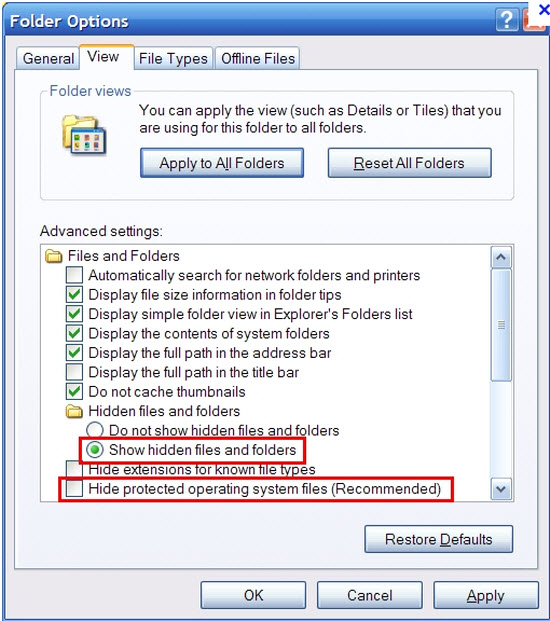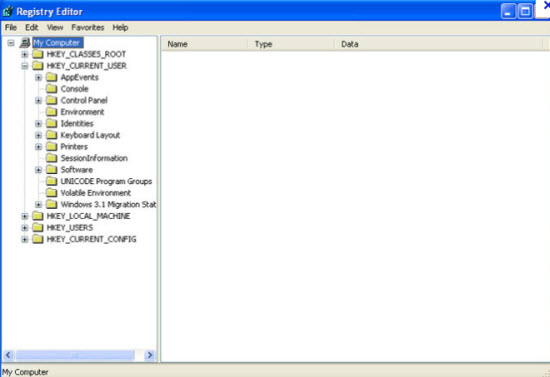Are you unable to clean Win32/sirefef.FD virus even by running ESET NOD32 Antivirus? Don’t know what can this virus do on your machine? Get more information from this post and completely remove this stubborn Trojan without any risk.
Win32/sirefef.FD belongs to malicious Trojan family that intents on controlling your PC. Once it is installed on a targeted computer system, hackers can remotely access to the computer, performing all kinds of operations without users’ awareness. Some of these operations could be: to steal the user’s login and password data, credit card information, or bank account data; using the computer to conduct a denial-of-service attack against another user, company, or organization; installing other software to include additional computer malware etc.
Undoubtedly, the virus poses a huge risk for the infected computer. It escapes from all kind of security tools. Even if ESET NOD32 Antivirus can detect it, it is unable to remove this virus completely as well. It claims C:\Windows\Installer\{e0b4eb47-c291-f4f9-3aeb-bd8483a755c6}\U\80000032.@ a variant of Win32/Sirefef.FD trojan cleaned by deleting – quarantined. However, the virus can return after every reboot. Win32/sirefef.FD must be removed manually so that it can be gone from your machine completely.
Computer slows down dramatically.
System crashes suddenly and repeatedly.
Open backdoor and download other threats.
Let hackers remotely access your PC secretly.
Track your personal activities on the Internet.
Compromise your personal information and privacy.
1. Show hidden files and folders.
Open Folder Options by clicking the Start button, clicking Control Panel, clicking Appearance and Personalization, and then clicking Folder Options.
Click the View tab.
Under Advanced settings, click Show hidden files and folders, uncheck Hide protected operating system files (Recommended) and then click OK.

2. Open Registry entries. Find out the malicious files and entries and then delete all.
Attention: Always be sure to back up your PC before making any changes.
a. Press the “Start” button and then choose the option “Run”. In the “Open” field, type “regedit” and click the “OK” button.


b. All malicious files and registry entries that should be deleted:
%AllUsersProfile%\[random]
%AppData%\Roaming\Microsoft\Windows\Templates\[random]
%AllUsersProfile%\Application Data\.exe
%UserProfile%\Desktop\
HKEY_CURRENT_USER\Software\Microsoft\Windows\CurrentVersion\Settings “net
HKEY_LOCAL_MACHINE\SOFTWARE\Microsoft\Windows\CurrentVersion\Run “[random].exe”
HKEY_LOCAL_MACHINE\SOFTWARE\Microsoft\Windows NT\CurrentVersion\Winlogon\”Shell” = “[Win32/sirefef.FD].exe”
If you failed to remove this Trojan with the instructions above or need any assistant, you are welcome to contact YooCare experts to resolve all the problems completely.
Published by & last updated on July 17, 2012 9:16 pm



Leave a Reply
You must be logged in to post a comment.